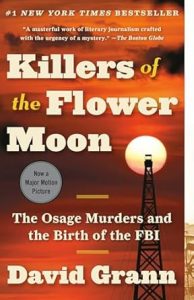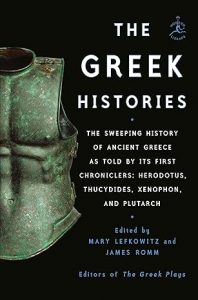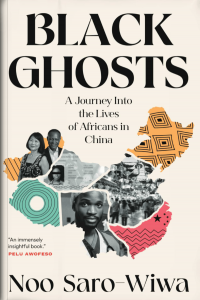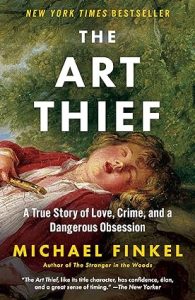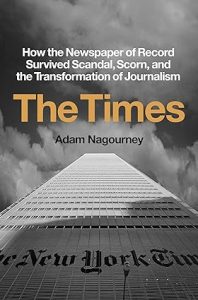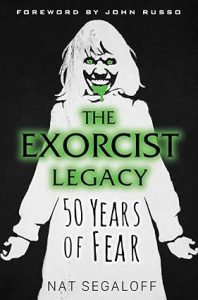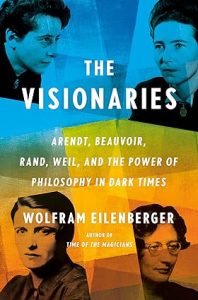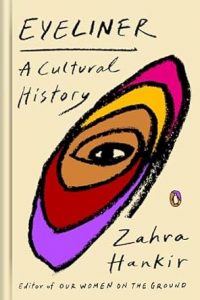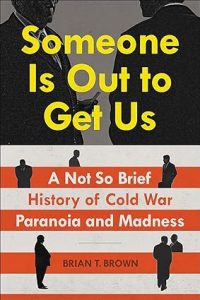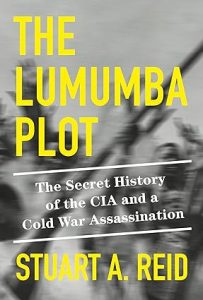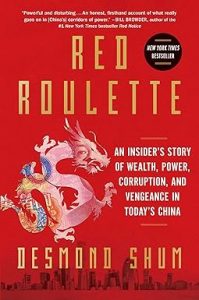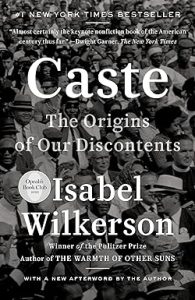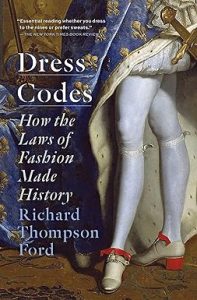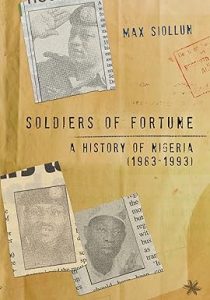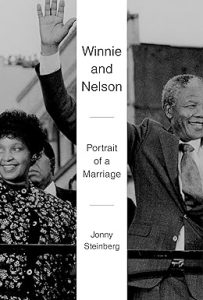A Guide To Solo Travel
₦5,000.00A Guide to Solo Travel is a book that provides tips for navigating the hassles of first-time international travel. It covers making a checklist, getting visas, booking flights, and planning departures. It also covers entry requirements and arriving in your destination country.
Each chapter in this book is divided into two parts. The first part discusses the chapter’s topic and offers valuable suggestions. The second part, separated by asterisks, shares my personal experiences abroad. These experiences align with the chapter’s central theme.


